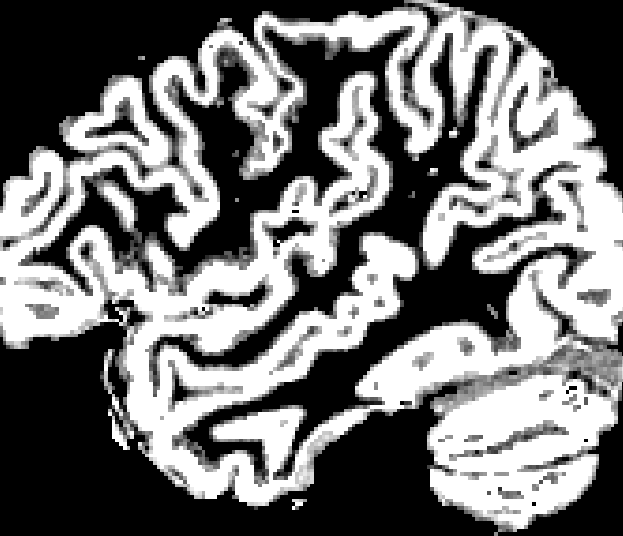Hello Folks,
To start, thank you for being a great and supportive community - that is really what makes MRtrix3 a great experience all around. Now enough brown-nosing and down to business:
I am trying to generate connectomes with SEEG depth electrodes (~130/ patient) as ROIs. Ideally, I would not assign these electrodes to another ROI parcellation like Desikan-Killiany atlas from freesurfer, but rather allow each contact in the grey matter speak for itself and have a quantifiable structural connectivity measure to all other contacts.
What I have tried:
Approach 1) ACT with 5ttgen and dynamic seeding from WM to generate 10M tracks cropped at GMWM interface --> SIFT2 --> assign to connectome with ‘assignment_radial_search’ ranging from 2-10mm.
With 10mm search radius I still get only 85-90% of contacts assigned any tracks at all because some of the contacts are pretty deep in grey matter (e.g. amygdala). And as you would guess, electrodes near the GMWM interface are gobbling up most of the assignments.
Approach 2) Use CSF as ‘exclude’ region when generating tracks (10M)
As expected, this generates a lot of garbage tracks that erroneously cross sulci where the CSF mask from 5TTgen isn’t sufficient. The connectome results are really bad with many contact pairs not even having any streamlines assigned to them.
Approach 3) Use ACT, but don’t crop at the grey-matter-white-matter interface (10M tracks).
I get very few contact pairs assigned in the connectome unless I greatly increase search radius again as in approach 1.
I understand that tracking into grey matter is completely off-label and not what MRtrix3 is designed to do, but I am wondering what you think is the best way to assign meaningful, quantifiable connectivity information to my electrodes without reverting to an atlas-style large ROI approach. Ideally the really deep electrodes wouldn’t have 0-5 tracks assigned - that is not a fair measure of their connectivity.
Thank you and please let me know your thoughts.
Regards,
Graham
P.S. I can give you the commands I am running, but I wanted an unbiased opinion of feasibility before we got into that.

